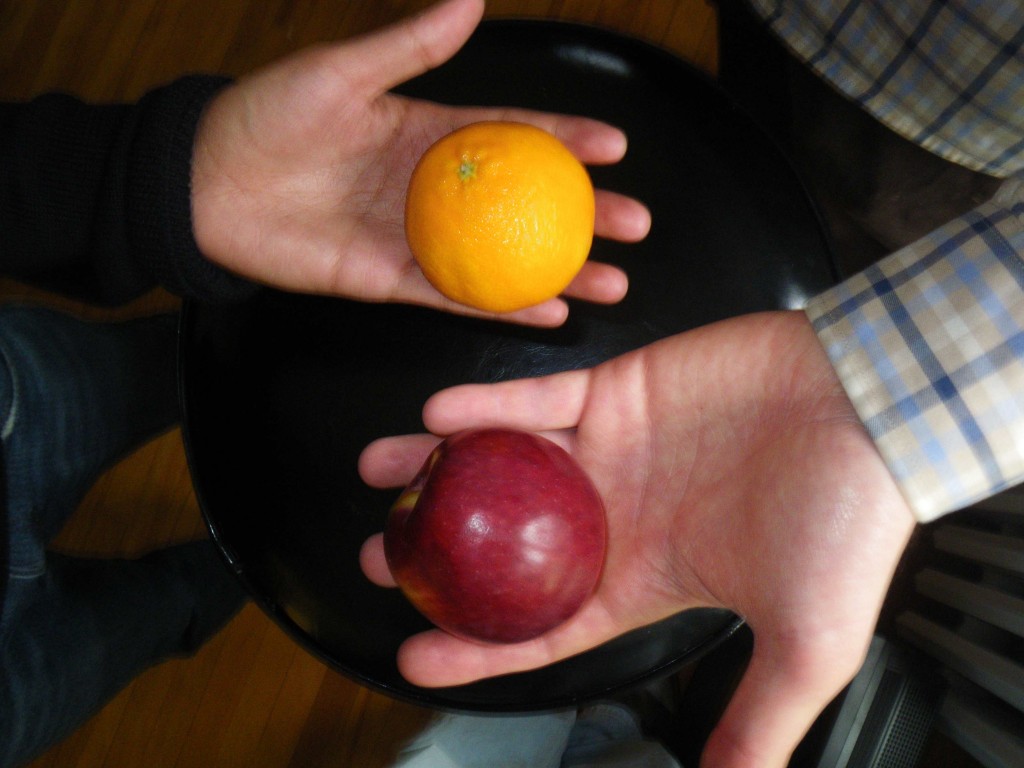
Hello there, Ready Nutrition-land readers! We are going to discuss a few fundamentals (the pro’s and con’s) of bartering after the entire world becomes “defunct,” so to speak. Undoubtedly you have all read or heard something pertaining to the topic and considered the subject in relation to your own preparations. Bartering actually is more than just a skill: it is an art form that must be cultivated, carefully developed, and maintained. Akin to marksmanship, it is a “semi-perishable” skill that should be practiced and continuously refined to maintain peak performance.
Barter (simply put) is the ability to exchange a good or service possessed for a good or service desired. Before the advent of money, people purchased things or services with things or services. Money arose for several reasons, the main one of them being the growth of interdependent societies where goods and services could be purchased or sold with something that was assigned a unit of value. Barter differs because there is not a “set” amount to the exchanged items or services: value is assigned to what is exchanged by the purchaser and the seller.
Great discrepancies can exist in times of barter that are usually dictated by supply and demand, particularly regarding the needs of the buyer and the seller. So with that, whatcha got? Are you ready to ride your goods-laden horse-drawn wagon into “Bartertown” or will your operation be a little bit more simplified than that? Let’s talk about some things that may be bartered. (continue reading)

